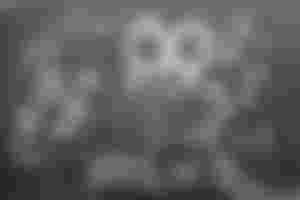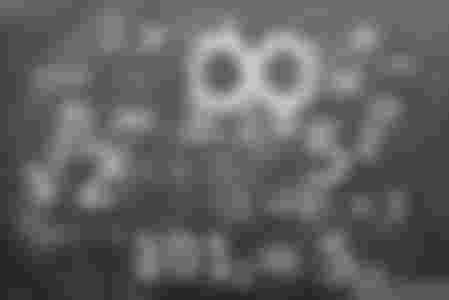Many schoolchildren do not like mathematics, and there are those who adore it. However, for those who are curious and who would like to know, the text of how certain mathematical signs were created, that is, symbols? ...
Mathematics is a formal and exact science that was created by studying figures and counting numbers. Mathematics in a broader sense means the science of quantity (arithmetic), structure (algebra), space (geometry) and change (analysis).

And the exact definition (if we can say so) of the definition of Mathematics is(from Greek: μάθημα, máthēma, 'knowledge, study, learning') includes the study of such topics as quantity (number theory), structure (algebra),space (geometry),and change (mathematical analysis).Mathematics is a science that studies axiomatically defined abstract structures using logic.
Mathematics developed from the need to perform calculations in trade, perform land measurements and predict astronomical events. It is believed that the Ancient Egyptians were still 3,000 years BC. used complex mathematics, such as algebra, arithmetic, and geometry. They certainly needed it to design and build so many pyramids.
Not far behind were the Babylonians who calculated the circumference of the circle as approximately 3 diameters, which is approximately today's calculation that uses the value of Pi (approximately 3.14). Chinese mathematicians around the 21st century BC. developed significant concepts regarding negative numbers, decimal numbers, algebra, and geometry.
Until the end of the 16th century, the main branches of mathematics were geometry and arithmetic. The development of algebra began in the 16th century, and in the 17th century the creation of the differential and integral calculus marked the beginning of the intensive development of analysis.
The equal sign (=) first appeared in the 16th century when the mathematician Robert Recorde, after he got tired of writing equal, started using two parallel horizontal lines every time he needed to because he thought he would not. is there anything that can be more equal?
Plus and minus sign (+ -) At the beginning of the 15th century, Europeans began to use the letters p and m for plus and minus ("piu" and "memo").
The first use of the word plus (+) is attributed to the astronomer Nicolas Oresmus, who lived in the 14th century. The minus sign (-) is attributed to merchants who unloaded cargo from ships, and can be considered as an abbreviation of the letter m, which meant confiscation. The use of these signs as symbols of algebraic operations first appears in the works of the Dutch mathematician Vander Heke from 1514.
The multiplication sign (road sign X or *) shortens the redial of the same number and thus does not take up much space. So, the symbols provide us with abbreviated instructions for calculation. Besides, have you thought about what it would be like if there were no symbols? In mathematics, instead of them today, we would have only lines of letters, something like text.
A sign for factorials. Namely, the mathematician Christian Kramp started to put an exclamation mark for factorials only because he needed a sign that is quickly written for such expressions.
In addition to signs, letters are also used in mathematics. These are letters of the Latin or Greek alphabet, and the most famous letter, the letter "pi" means specific numbers that are often repeated and whose complete decimal notation would be impossible or tedious to write. For that reason, today we have a constant value of 3.14.
The greatest mathematical minds of all time, which marked the development of this "queen of science", include Pythagoras, Euclid, Pierre de Fermat, Blaise Pascal, Leonard Euler, Carl Friedrich Gauss, Alan Turing, but also the most brilliant minds of today, such as Gregory Perelman. and Terence Tao.
In the end, we can easily conclude that all these symbols were invented, appropriated or adapted by mathematicians who wanted to avoid repeating or using many words to write mathematical ideas.
Thank you for reading my article ... I hope that you enjoyed ...
I send you a big greetings!

Yes.. I don't like mathematics... Good writing....